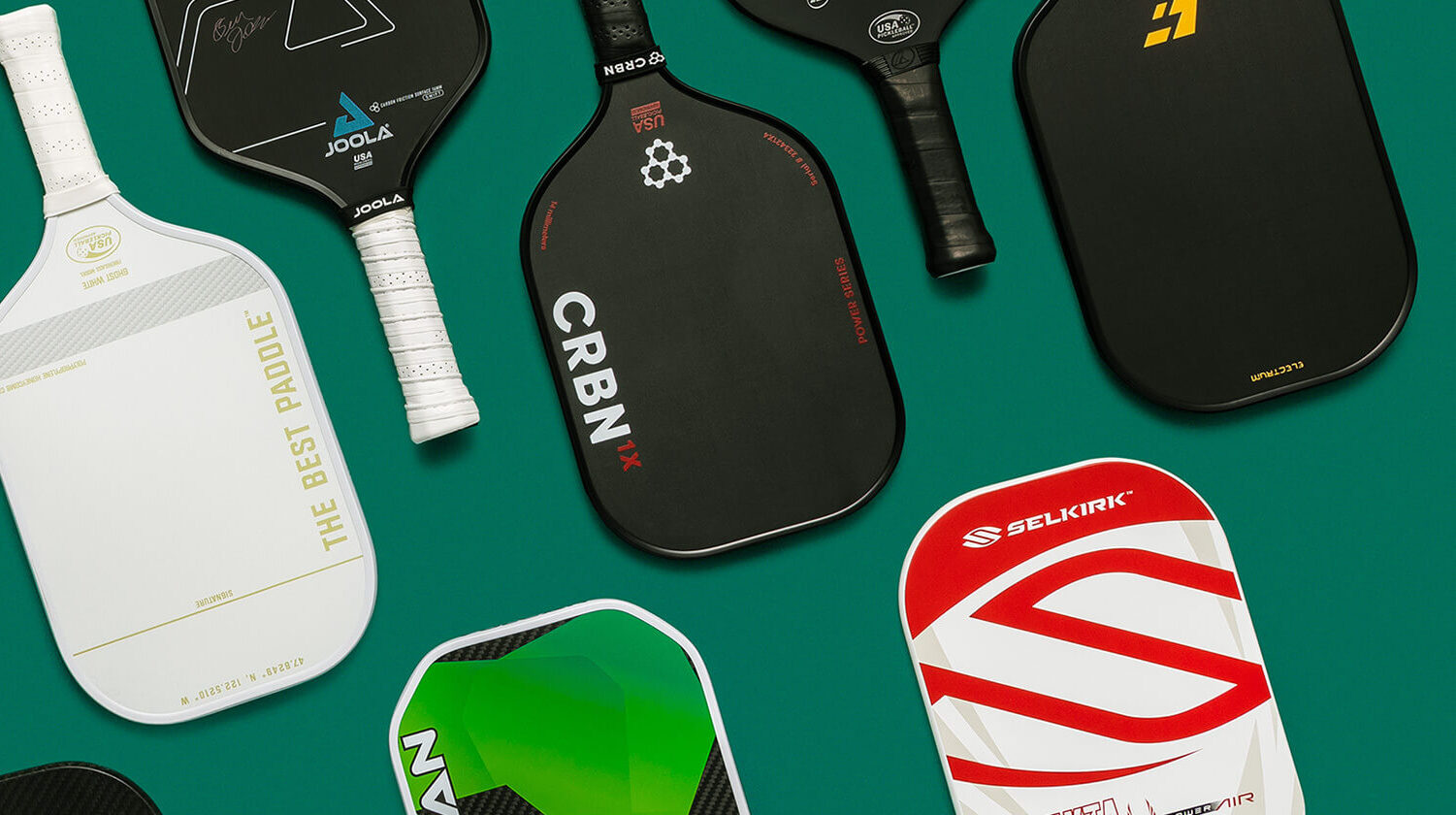One of the key skills that pickleball players must master is the art of the third shot. When it comes to maintaining control in a rally, the third shot can make all the difference. In this blog post, we’ll explore the two types of third shots – the drop and the drive – and discuss their pros, cons, and when to use them.
The Third Shot Defined
Before diving into the significance of the third shot, let’s clarify what it actually means. The third shot in pickleball typically occurs in the early stages of a rally, immediately after the serve and the return. It’s the first shot taken by the serving team after the ball has bounced once on the receiving team’s side. As the ball is usually returned deep, the serving team is pushed back, and this creates a strategic opportunity known as the third shot.
The Importance of the Third Shot
The third shot is a crucial part of pickleball strategy for several reasons:
- Regaining Control: When the receiving team returns the ball deep, the serving team is often forced into a defensive position, putting them at a disadvantage. The third shot allows the serving team to regain control of the point and transition from defense to offense.
- Building Momentum: A well-executed third shot can shift the momentum of the game. A smart, precise shot can put pressure on the opposing team and create an opening for the serving team to take control of the rally.
- Setting the Pace: The third shot offers an opportunity to dictate the pace of the game. Players can choose to slow down the game by dropping the ball softly or accelerate the pace with a power shot, catching the opponents off guard.
Strategies for the Third Shot
- The Drop Shot: The drop shot is a common and effective third shot strategy. By gently dropping the ball just over the net, the serving team can force the opposing team to move forward and set up a potentially advantageous position near the net.
- The Topspin Shot: For more advanced players, the topspin shot can be a game-changer. Executed with finesse, the topspin shot sends the ball over the net with a slight forward spin, making it difficult for opponents to control the return.
- The Lob: The lob is a riskier but rewarding third shot option. When opponents are too close to the net, a well-timed lob can catch them off guard, forcing them to retreat and giving the serving team time to reposition.
- The Power Drive: For players with a powerful forehand or backhand, the power drive can be an intimidating third shot. Hitting the ball with force can force the opposing team to defend further back on the court, opening up opportunities for a drop shot or volley.
Final Thoughts
In the fast-paced and strategic game of pickleball, mastering the third shot can significantly improve your chances of success. It’s not just about hitting the ball back over the net; it’s about taking control of the game, setting the pace, and building momentum in your favor. With practice and dedication, players can develop a diverse range of third shot strategies to keep opponents guessing and enhance their overall performance on the court.

Leave a Reply